Overview
An architectural drafter is a professional in the construction sector responsible for creating detailed blueprints and technical drawings that translate architects’ concepts into actionable plans. The article emphasizes their essential role in ensuring compliance with regulations, collaborating with architects, and preparing comprehensive construction documents, highlighting the significance of their technical skills and the increasing demand for high-quality visualizations in the industry.
Introduction
The role of architectural drafters is often overshadowed by the more glamorous image of architects, yet these professionals form the backbone of the construction industry. Tasked with translating visionary designs into precise technical drawings, architectural drafters ensure that projects adhere to stringent specifications and regulations.
As the demand for advanced visualization techniques and 3D rendering continues to rise, their expertise becomes increasingly vital in bridging the gap between conceptual design and practical implementation.
This article delves into the multifaceted responsibilities of architectural drafters, the educational pathways that shape their careers, and the economic and demographic dynamics influencing their role in the industry.
By understanding these elements, stakeholders can better appreciate the critical contributions of drafters to successful architectural endeavors.
Defining the Role of an Architectural Drafter
An architectural drafter is a vital expert in the construction sector, responsible for creating detailed illustrations and blueprints based on architects’ concepts. Utilizing advanced computer-aided drafting (CAD) software, the architectural drafter produces precise representations of buildings, ensuring adherence to all applicable specifications and regulations. The architectural drafter’s knowledge acts as an essential connection in the building process, efficiently linking the conceptual plans created by architects with their practical execution on-site.
This role not only guarantees that the architect’s vision is realized but also highlights the significance of the architectural drafter in the overall success of construction projects. As the sector progresses, the skills of an architectural drafter become more crucial in ensuring quality and precision in construction, especially as the need for specialized 3D rendering services increases. These services enhance design vision development and presentation, proving essential in fields such as medical imaging, training simulations, product prototyping, and graphic design.
However, it is important to note that design technicians have the lowest average salary at $51,137, which reflects the economic context of this profession. Furthermore, the employment landscape for design and civil professionals is anticipated to expand by merely 0.56% in the upcoming decade, suggesting a slower growth rate relative to other occupations. Furthermore, the demographic landscape of the sector shows a lack of diversity, with 76.1% of design and civil professionals identifying as White, while only 14% identify as Hispanic, predominantly of Mexican origin.
These statistics emphasize the significance of comprehending the economic and demographic elements that influence the position of designers in the industry. As we strive for inclusivity and representation, it is essential to acknowledge these disparities and work towards a more diverse workforce that includes the role of an architectural drafter in design drafting.
Key Responsibilities of Architectural Drafters
The role of an architectural drafter is crucial in the planning and building process, with several key responsibilities that are vital to the successful completion of projects. Their functions include:
- Creating Technical Drawings: Utilizing advanced CAD software, architectural designers produce precise architectural plans, sections, and elevations. This technical proficiency is crucial, as around 90% of specialists depend on CAD tools to improve drawing precision and efficiency, ensuring that every detail aligns with the client’s vision.
- Collaborating with Architects: Specialists work closely with architects to understand the intent and implement necessary modifications. This collaboration is vital, as it guarantees that the concepts are accurately represented and align with the creative vision established by the architects. Encouraging client feedback throughout the development process helps to align expectations and enhance the final outcome.
- Ensuring Compliance: A vital aspect of an architectural drafter’s responsibility is to ensure that all drawings comply with local building codes, zoning laws, and safety regulations. In 2024, adherence to these legal standards is more critical than ever, as regulatory bodies increasingly emphasize safety and environmental considerations in design practices. Updating plans requires that an architectural drafter be adept at revising drawings based on feedback from architects, engineers, and clients. Accurate documentation of modifications is essential to maintain integrity and transparency throughout the design process, which is vital for effective contractor communication.
- Preparing Construction Documents: This involves compiling comprehensive documentation that includes specifications, material lists, and detailed construction information necessary for contractors to execute the task effectively. The skill to produce comprehensive and clear construction documents is a hallmark of a skilled designer and is vital for preventing misunderstandings during the construction phase.
Supplying the correct information early in the drafting process is crucial, as it can save time and money, aiding in streamlining the workflow and improving efficiency. The projected growth of Architectural and Civil Drafters is expected to be 0.56%, reflecting the ongoing demand for skilled professionals in this field. Through these responsibilities, an architectural drafter not only supports the design vision but also ensures that projects align with industry standards and client expectations.
Their role is integral to the efficiency and success of the design process. As noted by Adolphe Salles, who famously drafted the Eiffel Tower, the art of drafting has a rich history that underscores its significance in the design landscape. Furthermore, the workforce’s ethnic diversity, with 14% identifying as Hispanic and significant representation from various backgrounds, highlights the collaborative nature of this profession and the importance of inclusive practices in design.
Additionally, the use of advanced software not only ensures accuracy in the drafting process but also facilitates better communication and understanding among all stakeholders involved.
Educational Pathways and Skills Required for Success
To embark on a successful career as a design technician, individuals generally follow well-defined educational pathways that equip them with the essential skills for the profession:
- Associate Degree in Drafting or Architecture: A significant number of design technicians hold an associate degree from a community college or technical school, which emphasizes foundational knowledge in drafting techniques, CAD software, and design principles. This degree serves as a vital stepping stone into the field.
- Certification Programs: Numerous certification programs exist that focus on enhancing proficiency in specific software or drafting techniques. These programs not only provide specialized training but also offer a competitive advantage in the job market, particularly in an era where technology is continually evolving. Notably, recent insights from industry reports indicate that individuals who pursue certifications in leading CAD software can significantly enhance their employability and career prospects. As a point of reference, the 90th percentile annual wage for Architectural and Civil Designers is $94,580, highlighting the financial benefits of this career path.
- Key Skills Required: Successful architectural drafters must exhibit strong technical skills in CAD software, coupled with a keen attention to detail and spatial awareness. The ability to interpret and apply building codes and regulations is crucial in ensuring compliance with legal standards. Moreover, effective communication skills are essential for an architectural drafter collaborating with architects and various stakeholders throughout the design and construction process.
- Top Paying Industries: It’s also important to note that individuals in this field can find lucrative opportunities in various sectors. For example, Support Activities for Mining is presently the highest paying sector for Architectural and Civil Designers, providing an annual mean salary of $109,990.
Acknowledging the essential role of high-quality visual renderings in development, aspiring designers should realize that such renderings serve as a glimpse into the future of their endeavors. They provide clarity and excitement, essential elements for informed decision-making and successful collaboration. Moreover, the intricacy and magnitude of an undertaking can greatly influence rendering duration and resource needs, making it essential for designers to take these elements into account when organizing their tasks.
Choosing an enthusiastic collaborator for 3D visualization is equally crucial, as the appropriate partner can improve the quality of renderings and aid in the overall success. As the industry evolves, ongoing education and skill refinement remain critical for professionals looking to excel in their careers, with the latest certification programs for CAD software in architecture being essential for staying current in the field.
Architects vs. Drafters: Understanding the Differences
Architects and technical illustrators are essential to the construction planning process, yet their roles show significant differences that highlight their distinct contributions:
- Architects: Responsible for the overall layout and aesthetic vision of an initiative, architects ensure alignment with both the client’s aspirations and regulatory compliance. Their responsibilities encompass client consultations, site analysis, and conceptual development, making them the creative force behind a structure’s identity. High-quality renderings serve as a vital tool for architects, providing a clear window into the future and enabling informed decision-making about designs and materials. These renderings not only clarify the vision but also build excitement about what’s to come, inspiring stakeholders and clients alike.
- Designers: Conversely, designers specialize in producing the detailed technical drawings that bring the architect’s vision to fruition. They meticulously translate the specifications provided by architects into precise plans essential for construction, focusing on accuracy and clarity in every detail. The intricacy and extent of an undertaking can considerably influence rendering duration and resource needs, making it vital for designers to work closely with architects to enhance results. Investing in high-quality visualizations is essential, as it directly influences how effectively the undertaking can be communicated and carried out.
In essence, while architects are the visionaries who conceptualize and design, technical illustrators are the skilled technicians who implement those designs through meticulous technical documentation. The partnership between these two positions is essential, especially in fields like the design, engineering, and related services industry, which employs around 70.5% of designers and civil technicians, emphasizing their dependence on these professionals for operational success. Notably, Aerospace Product and Parts Manufacturing pays architectural drafters and civil drafters an hourly wage of $39.69 and an annual wage of $82,550, reflecting the financial viability of these roles.
Furthermore, the U.S. Bureau of Labor Statistics states, ‘Architectural drafters with CAD training may have some of the best opportunities,’ underscoring the importance of this expertise for career advancement. As the industry evolves, understanding these distinctions and the importance of investing in high-quality visualizations will remain vital for fostering effective collaboration and enhancing project outcomes in 2024 and beyond.
Career Outlook: Opportunities and Salary Expectations for Architectural Drafters
The career outlook for architectural designers presents a mixed picture, particularly in Georgia, where the job growth rate for architectural designers is notably low at -28.62%. However, projections from the Bureau of Labor Statistics indicate a steady demand for design professionals over the next decade, particularly as employment in many business occupations is expected to grow faster than average from 2023 to 2033. Numerous essential elements are fueling this demand:
- Growth of the Construction Sector: The continuous urban development and major infrastructure initiatives are expected to generate an increased requirement for skilled designers, ensuring their importance in the industry. High-quality visual renderings are essential in this context, serving as a crucial tool that allows stakeholders to visualize potential and understand the design vision behind blueprints. These renderings not only aid in making informed decisions but also generate excitement about the project, helping to align the expectations of clients and stakeholders.
- Salary Expectations: The median annual wage for architectural designers typically spans from $50,000 to $70,000, influenced by factors such as experience, geographic location, and project complexity. Notably, individuals who possess specialized skills in advanced software or sustainable design practices can expect to command higher salaries, reflecting the increasing value of these competencies in a competitive market. The capability to create impressive 3D renderings can significantly boost a designer’s marketability, showcasing their skills to potential employers and clients.
Additionally, the architecture sector is experiencing substantial changes driven by technological innovations and a focus on sustainability efforts, which further enhances the prospects for aspiring designers. According to the National Architectural Accrediting Board (NAAB), there are currently 175 accredited programs in architecture across 139 institutions in the U.S., highlighting the robust educational pathways available for those entering the field. The strong enrollment in these programs indicates a sustained interest in pursuing careers in architecture, reinforcing the viability of a profession as a design technician.
In summary, while challenges exist in certain regions, the overall trajectory for architectural drafters remains promising, characterized by various opportunities for growth and specialization, particularly for those investing in high-quality visualization skills, leading to better job prospects and higher salaries for architectural drafters.
Conclusion
The intricate role of architectural drafters is pivotal to the success of construction projects, serving as the essential link between visionary designs and their practical execution. Through their expertise in creating detailed technical drawings, collaborating closely with architects, and ensuring compliance with industry standards, drafters uphold the integrity of architectural projects. As the demand for advanced visualization techniques and precision in drafting continues to grow, so does the need for skilled professionals who can adeptly navigate the complexities of this field.
Educational pathways and specialized skills play a crucial role in shaping the effectiveness of architectural drafters. By acquiring relevant qualifications and certifications, drafters not only enhance their employability but also position themselves favorably in a competitive job market. The collaboration between architects and drafters further emphasizes the significance of their respective roles, with each contributing uniquely to the overall design process.
Despite challenges such as slow job growth and economic disparities within the profession, the outlook for architectural drafters remains optimistic. The ongoing expansion of the construction industry, coupled with technological advancements, presents numerous opportunities for growth and specialization. As the industry evolves, the contributions of architectural drafters will undoubtedly become even more critical, underscoring the need for recognition and investment in this vital profession. Understanding these dynamics will empower stakeholders to appreciate the indispensable role of drafters in realizing successful architectural endeavors.

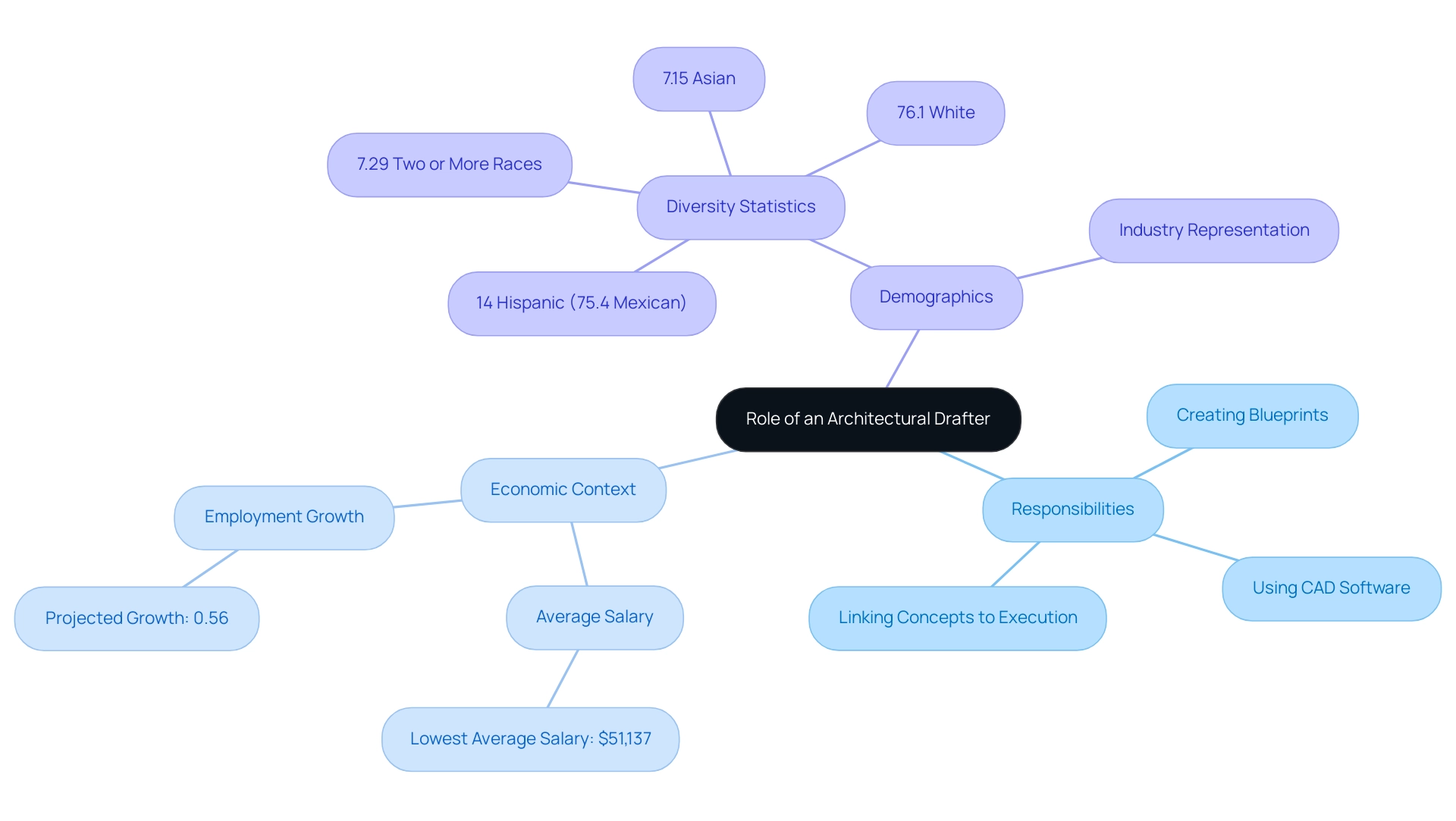
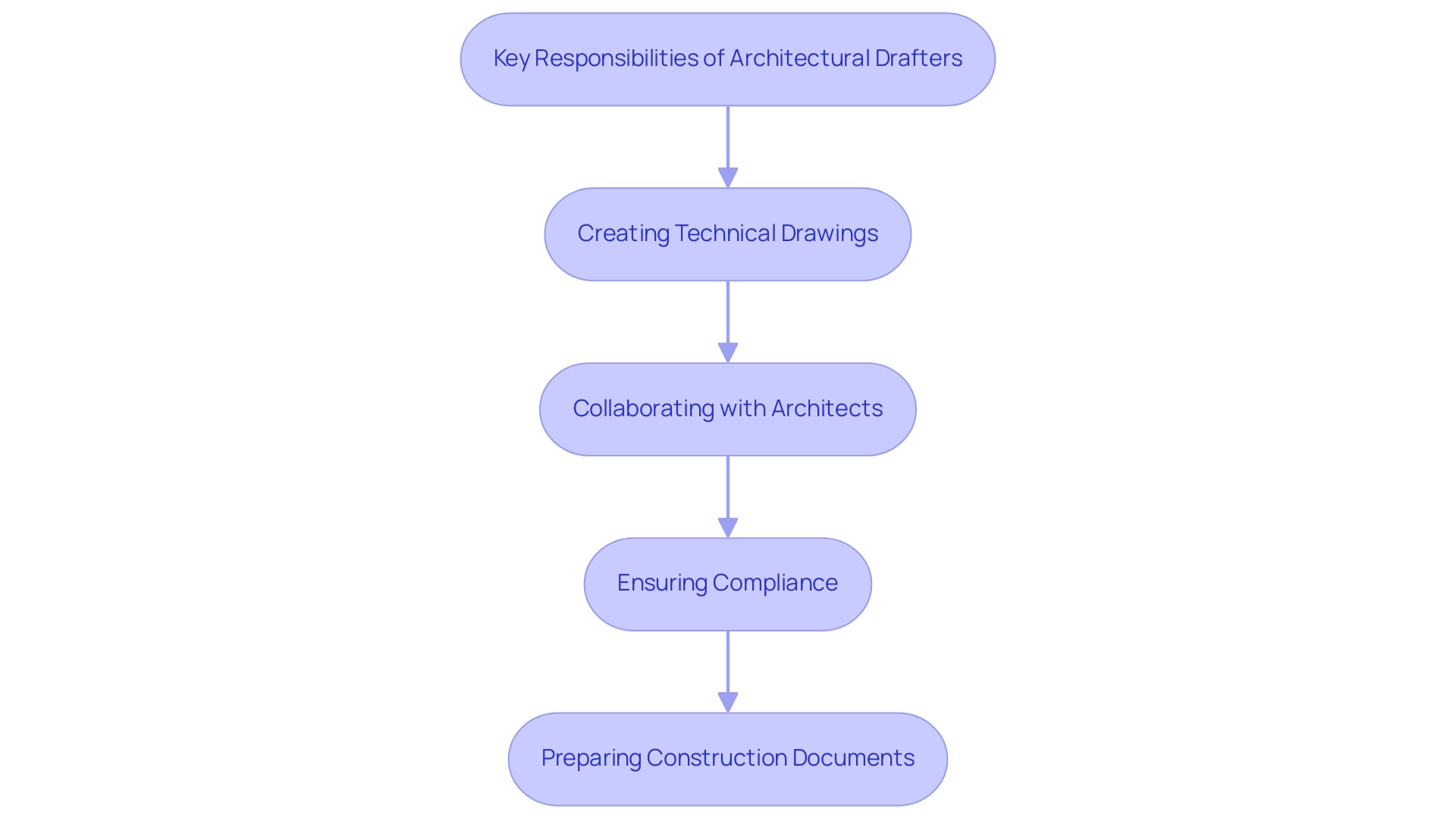
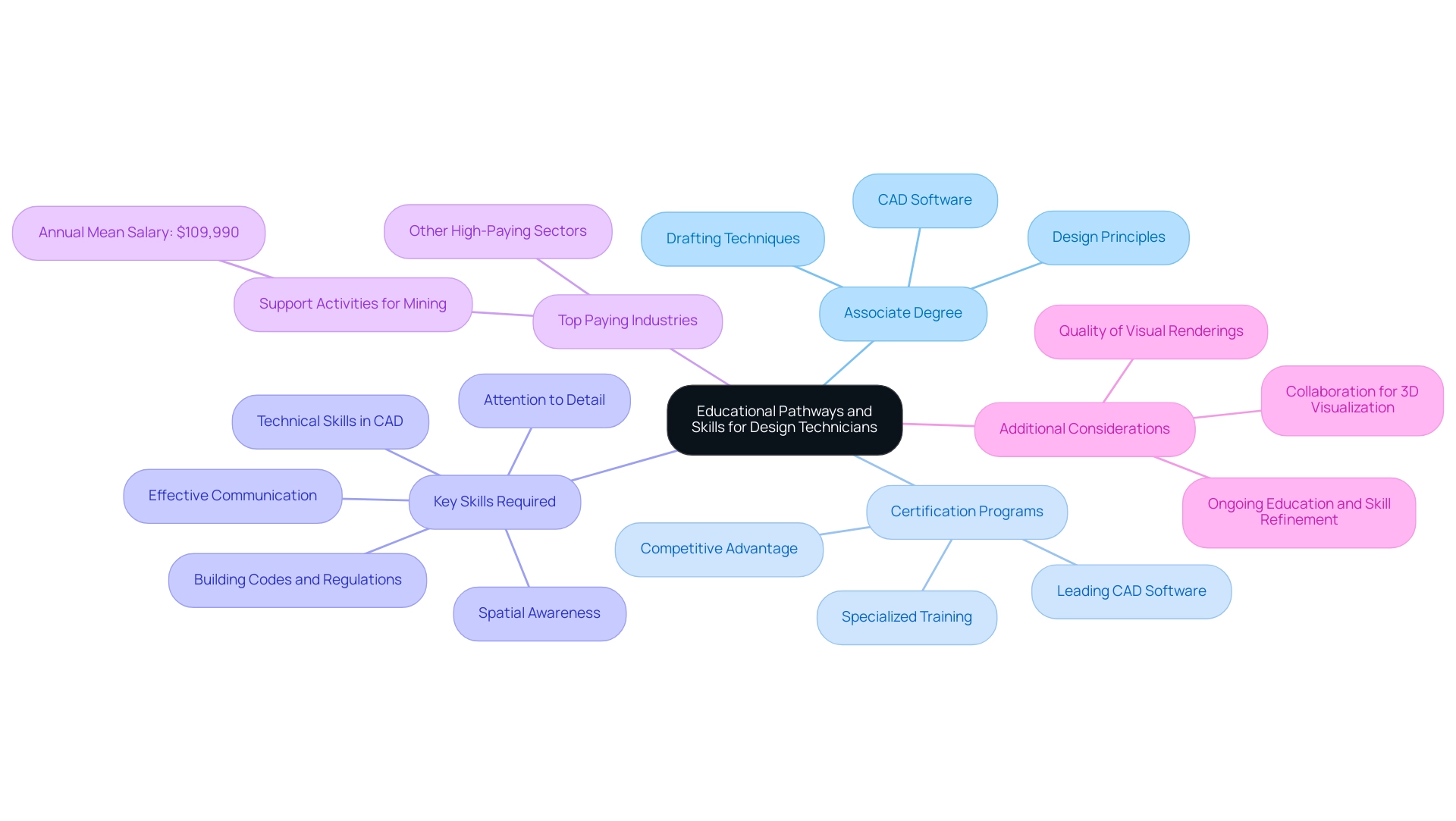
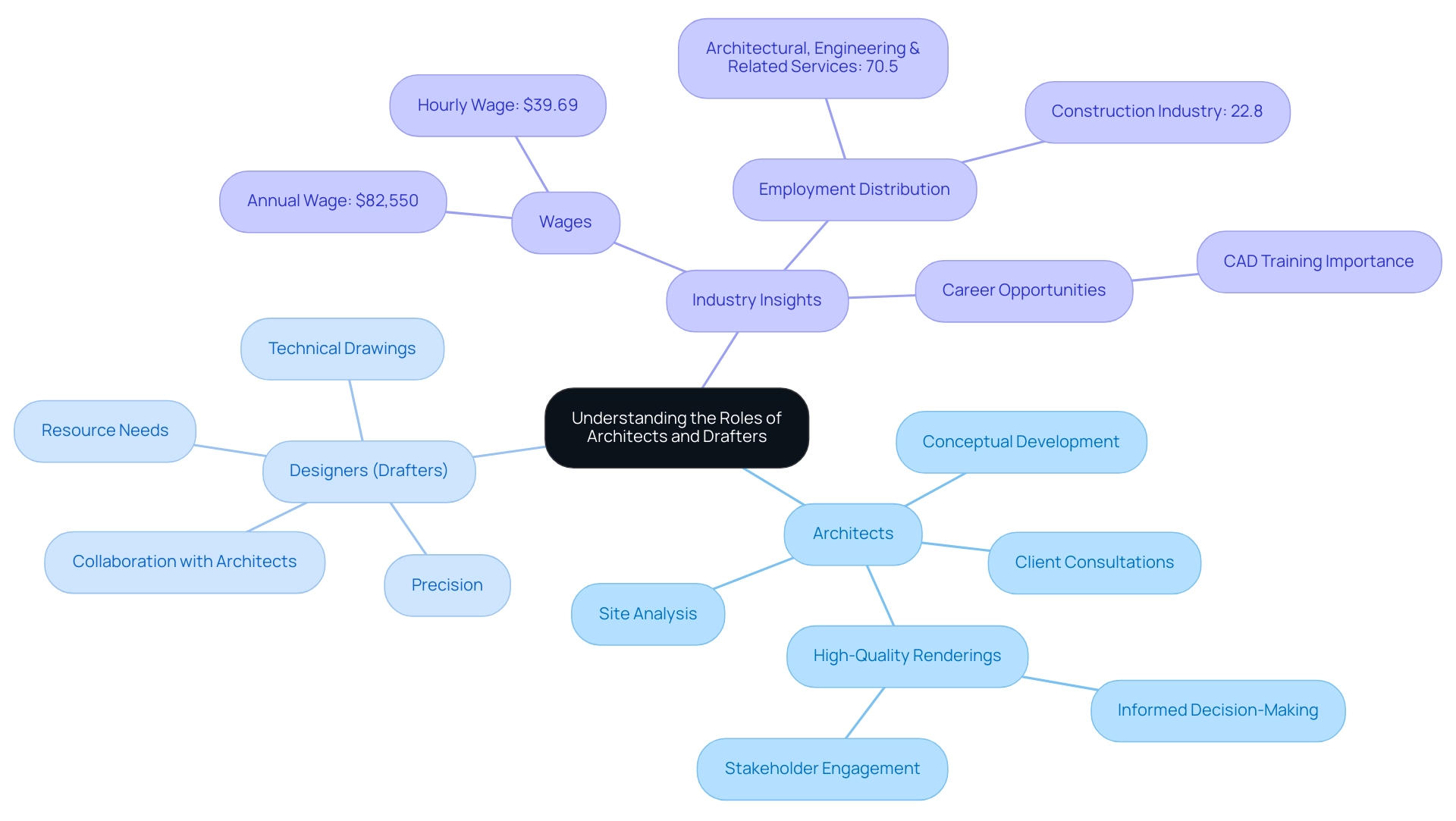
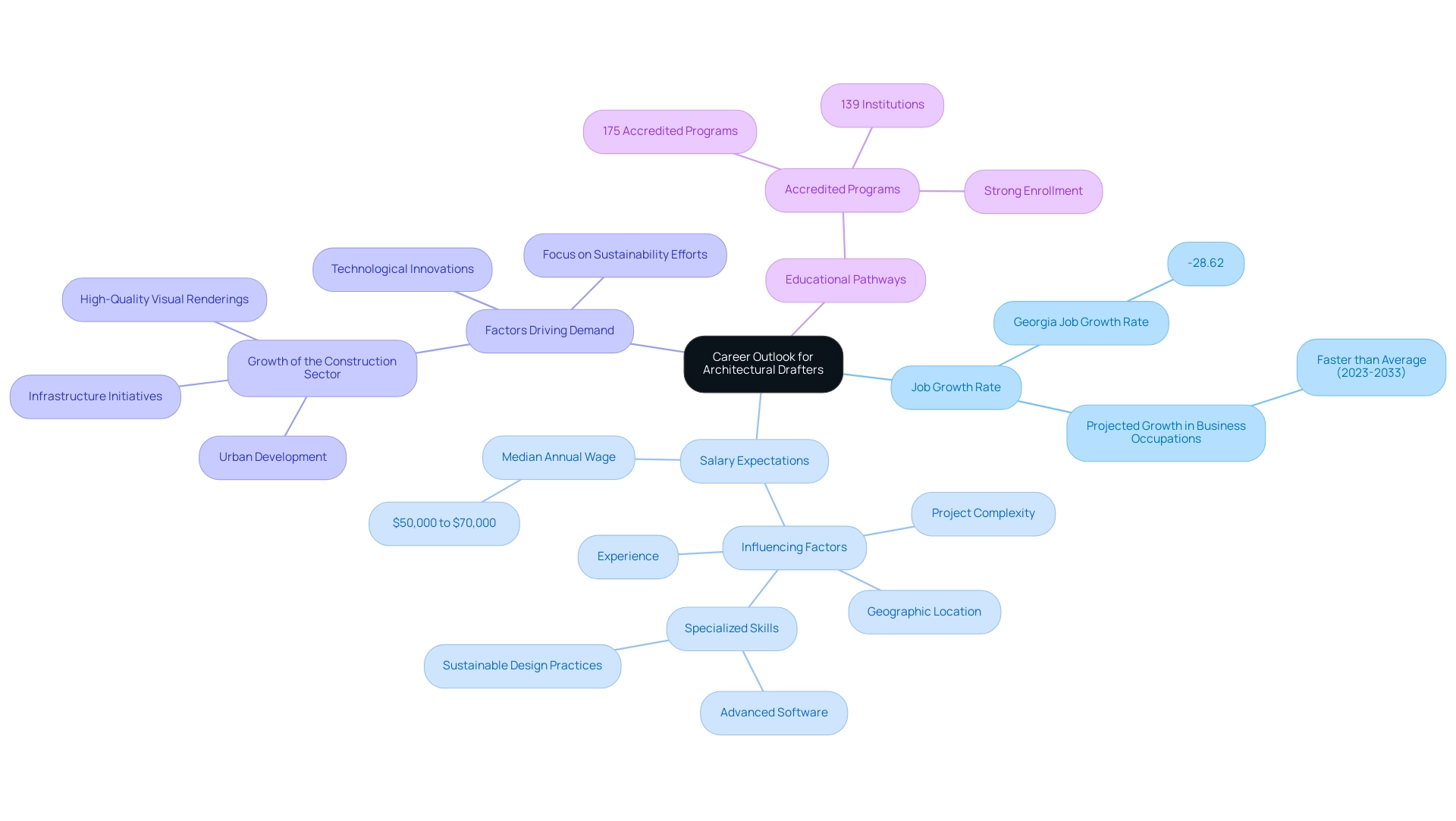
0 Comments